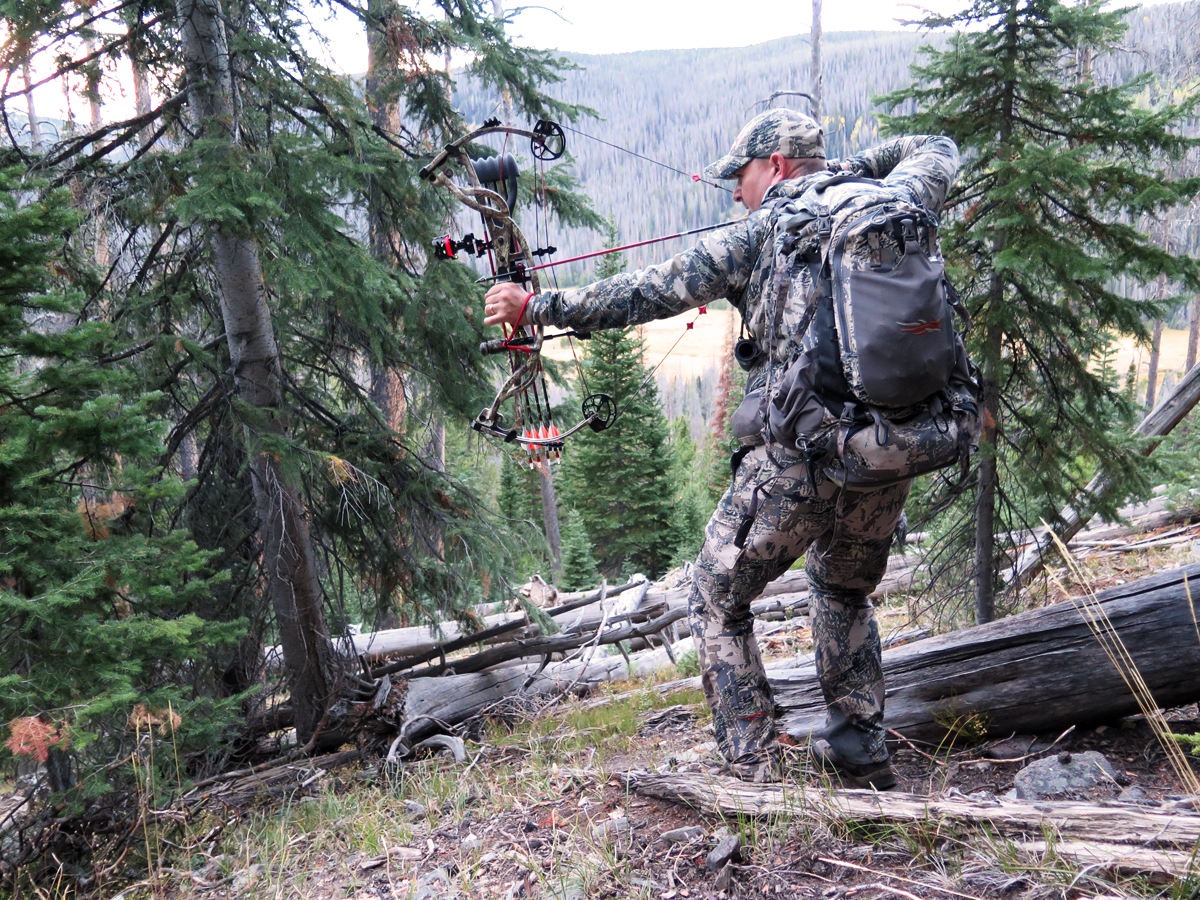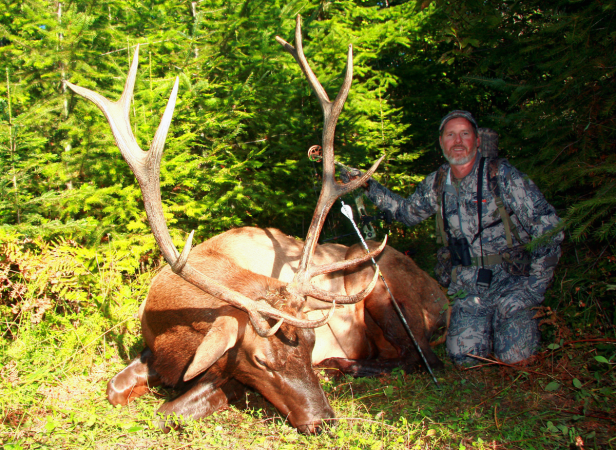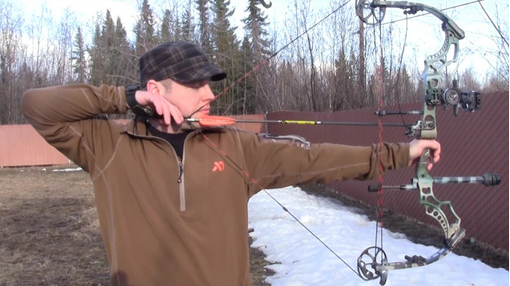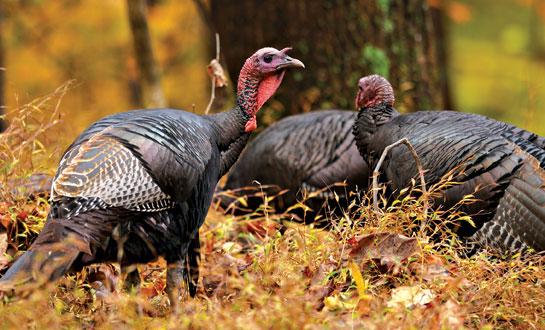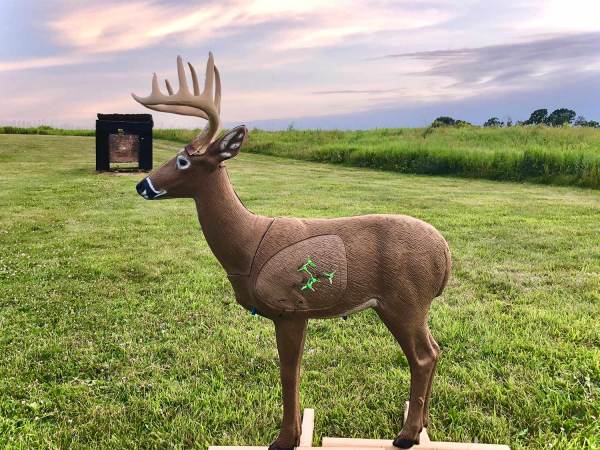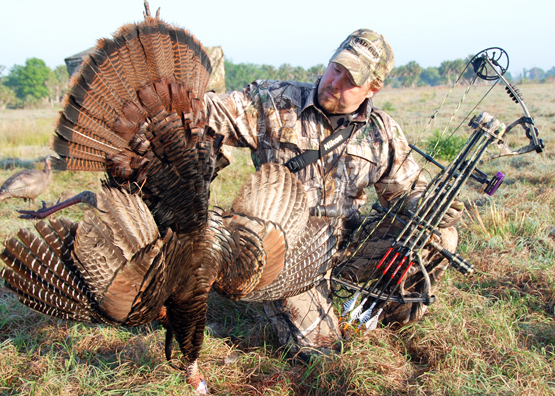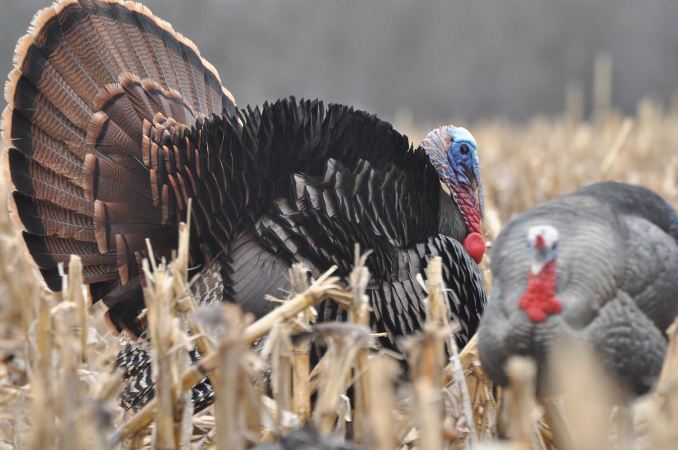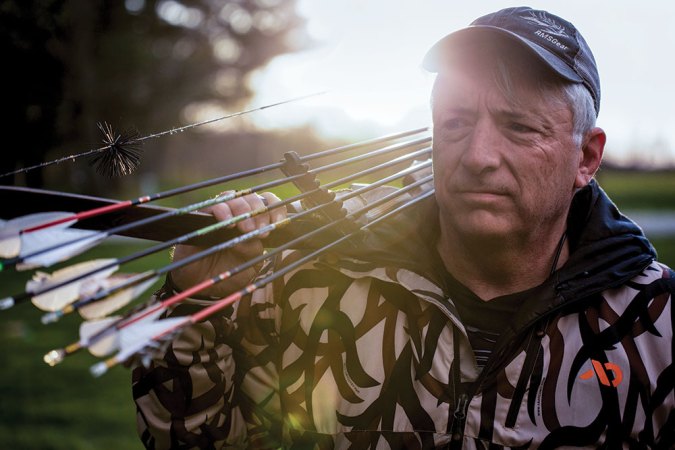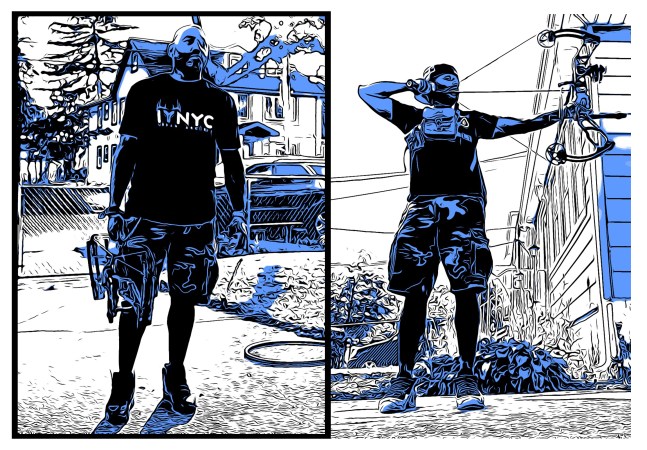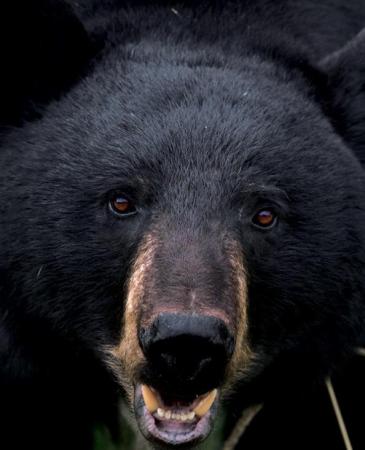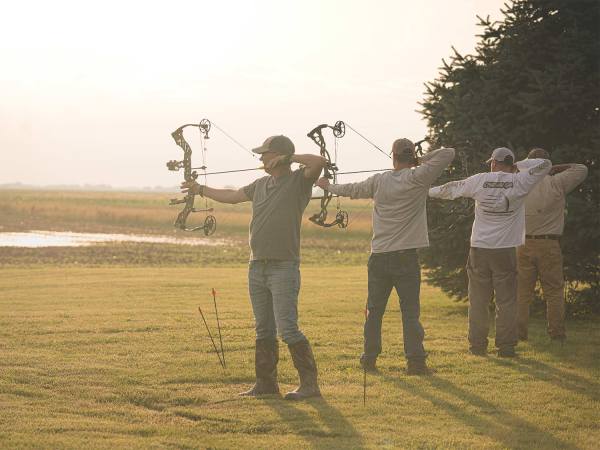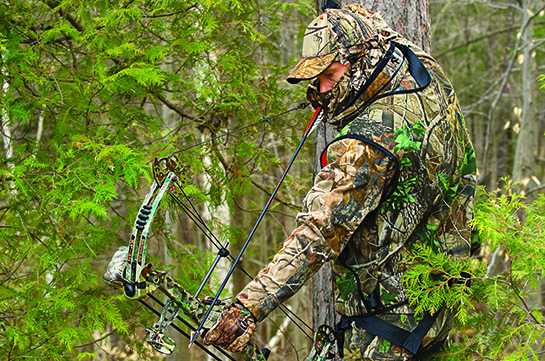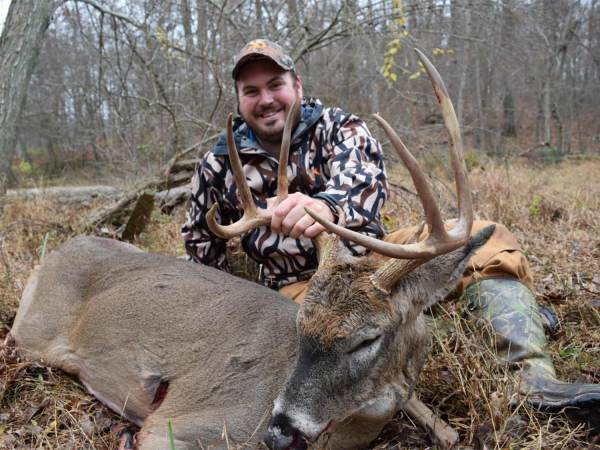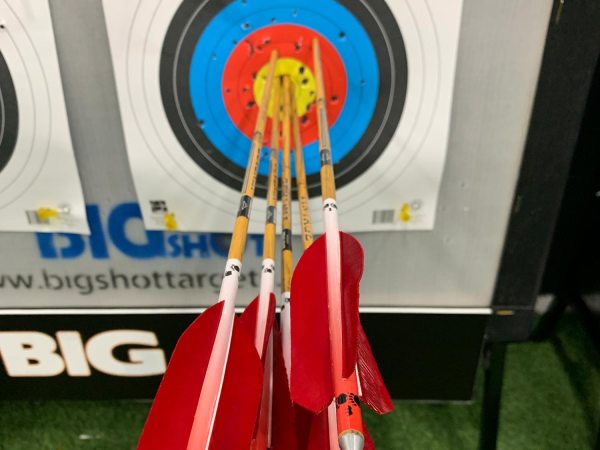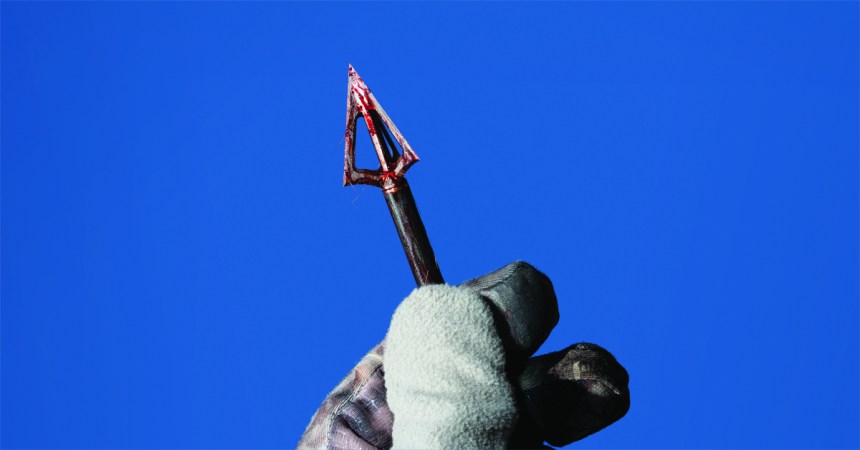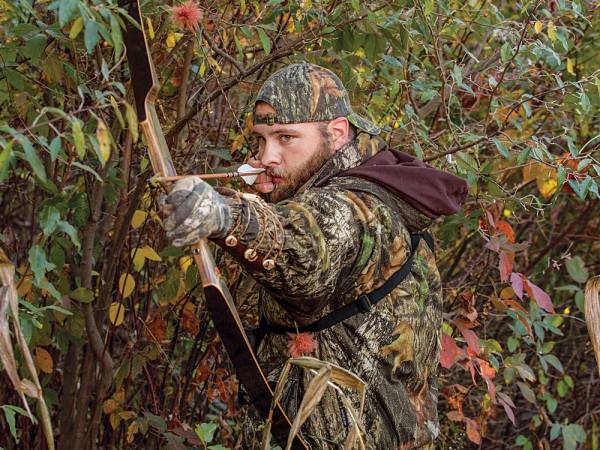As summer kicks in and our thoughts inevitably begin to turn to upcoming hunting seasons, many bowhunters have already put in several weeks, even months, honing their form and shooting bows they hope will help them taste 2016 success. Still haven’t picked up your own bow? Don’t panic. There is still plenty of time to prepare, but it’s time to get at it.
Before you begin practicing in earnest, get a second opinion. Since your goal is rock-solid, proper shooting form, you’ll benefit if yours is evaluated, first-hand, by a shooting expert. Stop by your local archery pro shop or tap a buddy who consistently does well in local 3-D shoots for a quick “form refresher.” Anyone can benefit from a shooting form “tune-up,” even if you’ve been bowhunting for years. I speak from experience.
Like many veteran bowhunters I figured I had things pretty much figured out several years ago, but then a bout of target panic set in and I suddenly found it nearly impossible to hold my sight pins on target. Worse yet, a long-awaited late-summer elk hunt loomed. I was desperate, but the advice I received from a long-time instructor at a local pro shop helped bring me back to square. If you’re not completely happy with any aspect of your shooting, or your 2015 results, now is the time to make necessary tweaks.
Personally, I’ve always found regular shooting practice with compounds more akin to drudgery than fun, but I’ve found it helpful, and energy-infusing, to quiz top-level bowhunters on their favorite practice regimens. And I’m not ashamed to say I’ve “stolen” (or at least borrowed) some tips that have made my own practice sessions much more enjoyable. Here are three of tips I’ve taken to heart.
1. Focus On Your Target, Not Your Pins
Pete Erickson is a talented archery tech at Cabin Fever Sporting Goods in Victoria, Minnesota, who knows that proper focus at full draw can be critical.
“You should always focus more on your target than on your sight pin; your goal is to be looking more at your target downrange. That will help you with your aiming, it will help you avoid target panic, and it will also make you more accurate, because you’re focusing on where you want your arrow to go,” Erickson said. “Your top-level competitive shooters, they don’t really have a pin system, most are using a 4- or 6-power scope; they know that if their form is proper, the arrow is going to go where they want it to go.
“Also, try to keep both eyes open if possible. When you close one eye it takes your depth perception away, and it can affect where your arrows are hitting. And it can also impact you during the hunting season. If you’re a righty and close your left eye as you draw down on a doe that suddenly appears beneath you, there’s a chance that, at the shot, you will suddenly look up to see a King Kong-sized buck running away from you. By closing an eye you’re reducing your peripheral vision, and no bowhunter wants that.”
2. Use a Four-Point Anchor System
John Schaffer, 46, is a longtime competitive archer and owner of Minnesota-based Schaffer Performance Archery pro shop; one of John’s tips for better shooting is to wear a thin glove on his bow hand, whether practicing or hunting.
“I wear a really thin, polypro glove on my bow hand only,” Schaffer says. “The glove is not for warmth, I wear it so my hand can move freely on a wood bow grip. I don’t like my hand sticking to the grip, and the glove seems to help the bow seat itself in the ‘V’ of my hand, and it won’t get hung up or force me to torque the bow.”
Even during the coldest hunting conditions Schaffer goes gloveless on his release hand, and he eschews the use of any type of face mask or cover, garments that might prevent him from using a scary-dependable, four-point anchor system that he’s used so often during practice sessions that it’s now automatic.
“My four-point anchor starts with my eye lined up with my peep, and I also have the tip of my nose touching the string, as well as the corner of my mouth touching the string. And then I’ll have my release along the bottom part of my jaw, which is the least-important factor,” Schaffer said. “A lot of guys use only the side of their face as an anchor point; some like to tuck their thumb behind their jaw, or behind their ear. Those are just not as reliable as having four different points.”
3. Practice at Extreme Ranges
Mark Herr lives in the Minneapolis suburbs where he regularly bags monster bucks while bowhunting with son Kyle; both of them practice regularly, all summer long, in Mark’s backyard range. The pair set their suburban treestands in thick cover for shots of 30 yards or less, but come fall that shot is a “gimme” for the duo, because of their special regimen.
“We shoot our bows regularly all spring and summer, and out to some fairly crazy distances,” Mark says. “We’ve learned that when you can group arrows at 80, 90, or 100 yards, those 20- to 30-yard shots become second nature.”
